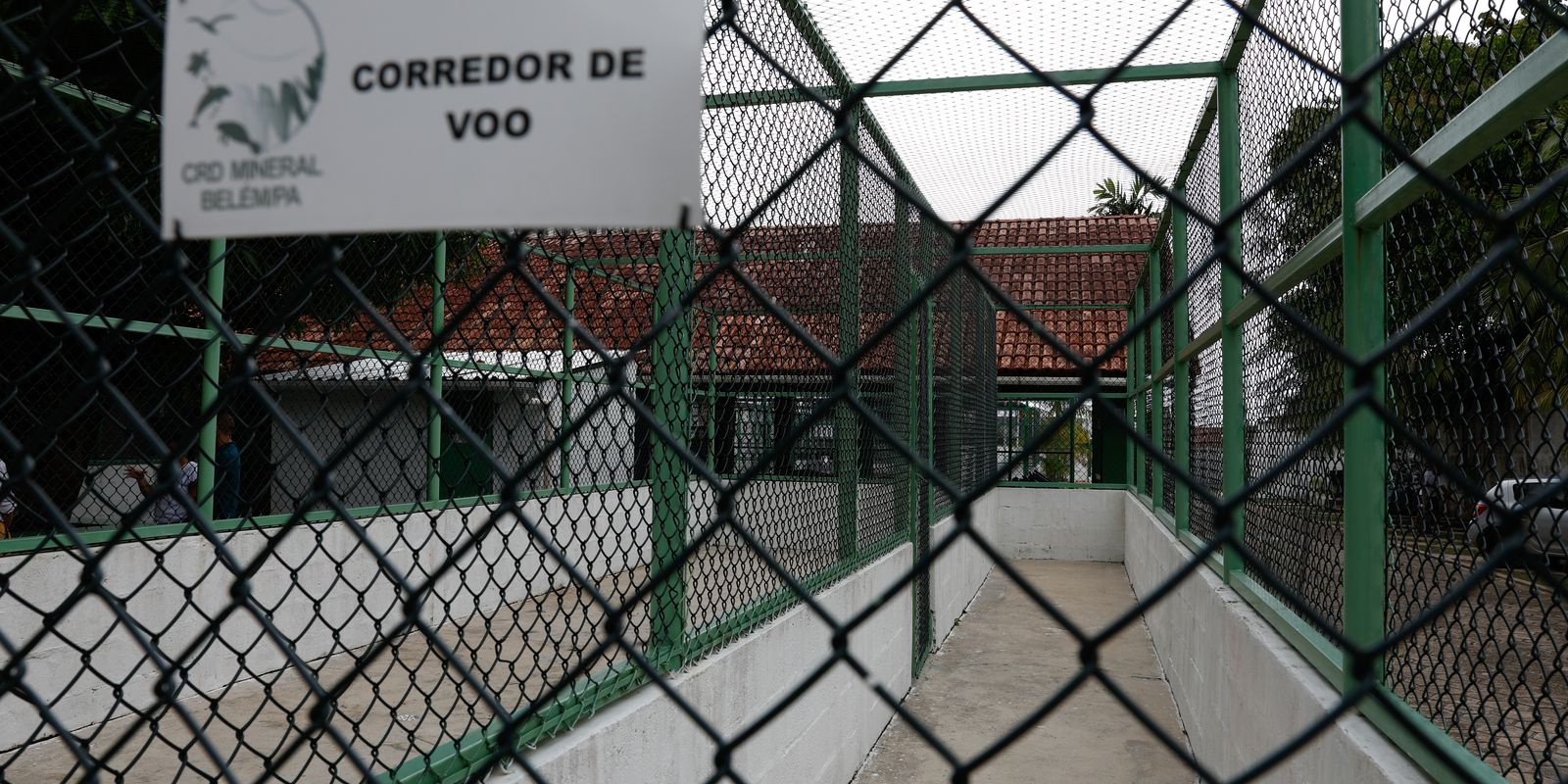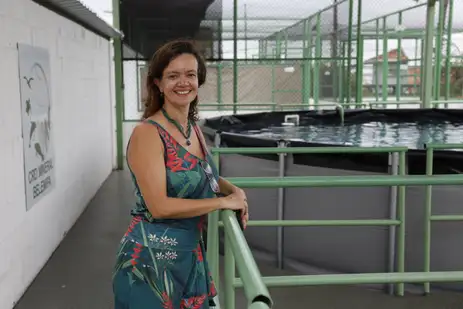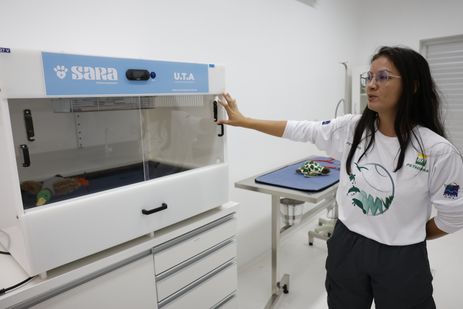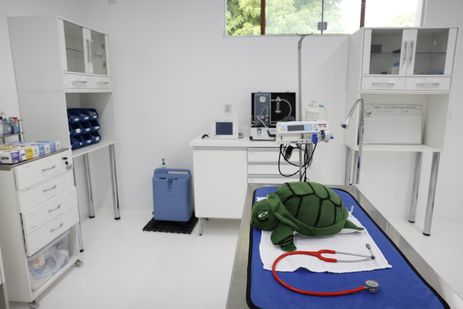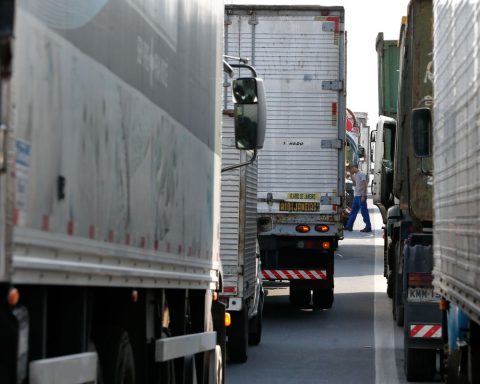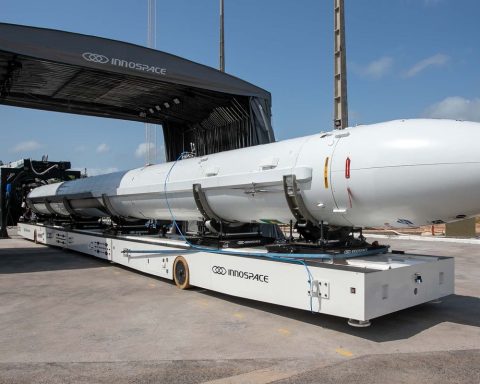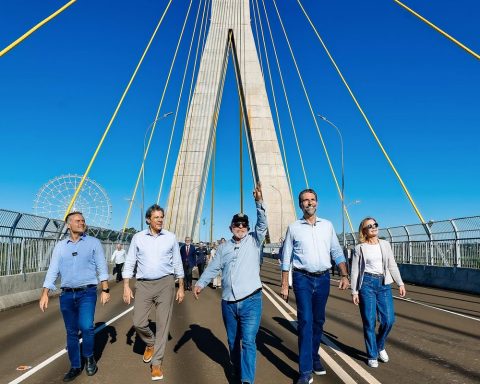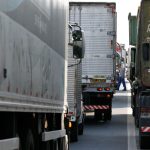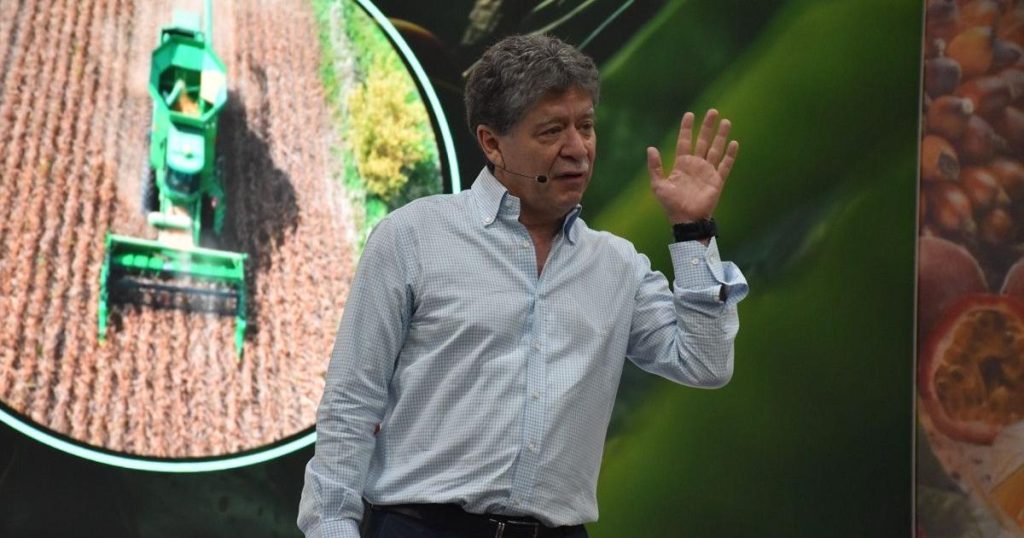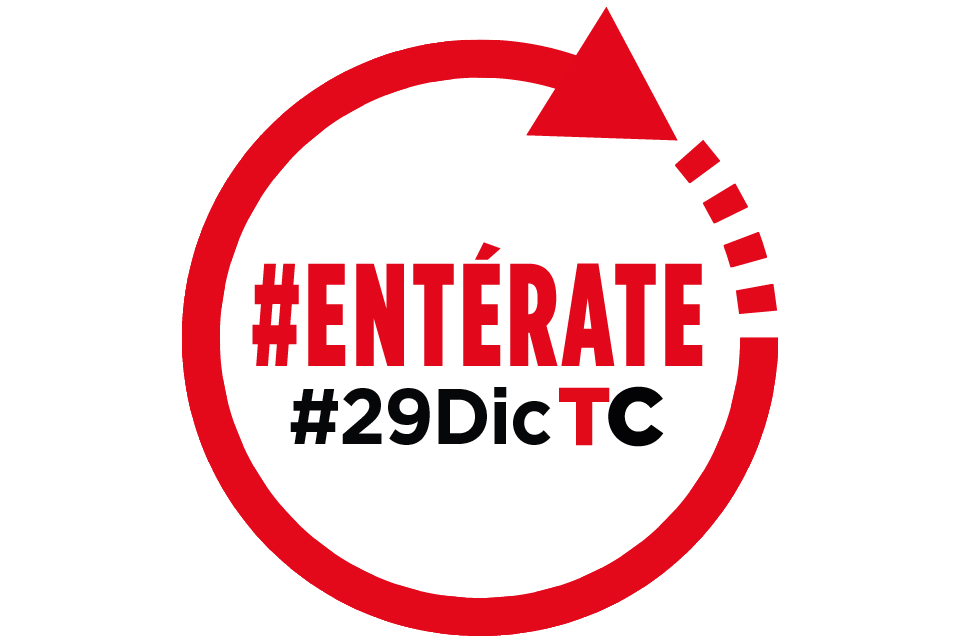Petrobras expects to complete the second Fauna Rehabilitation and Depetrolization Center (CRD) related to the equatorial margin in the first quarter of 2025. The unit will be located in Oiapoque, in Amapá, the extreme north of the country.
Today there is already one in Pará. The construction of the two reception bases is one of the conditions for the company to obtain an exploration license in the region, considered the new pre-salt.
The first CRD is in Belém and is ready to receive marine fauna in the event of leaks during the well drilling phase in the new exploratory frontier, considered to have great oil potential.
“We are talking about the fauna protection plan that is part of the emergency plan for this activity, which is the drilling of wells”, explains the general manager of Safety, Environment and Health at Petrobras, Daniele Lomba.
She adds that the CRD is a last step in case preventive and monitoring barriers are not sufficient to avoid accidents and impacts on the environment.
“If everything fails, then we have this emergency plan”, she adds, stating that Petrobras has no history of leaks during well drilling.
Equatorial margin
The equatorial margin has gained notoriety in recent years. Recent discoveries of oil and gas in coast of colombiaGuyana, French Guiana and Suriname showed the oil potential of the region, located close to the Equator.
In Brazil, it extends from Rio Grande do Norte and continues to Amapá. Petrobras has 16 wells on the new exploratory frontier, however, it only has authorization from the Brazilian Institute of the Environment and Renewable Natural Resources (Ibama) – an entity linked to the Ministry of Environment and Climate Change – to drill two of them, on the coast of Rio Grande do Norte.
The exploration is criticized by environmentalists, concerned about possible environmental damage. Ibama denied the license for areas such as the Foz do Amazonas Basin, identified as FZA-M-59. The block is located 175 kilometers (km) from the coast, at a depth of 2,880 km. Despite the name Foz do Amazonas, the place is 540 km from the mouth of the river itself.
Petrobras insists that oil production from the equatorial margin is a strategic decision for the country don’t have to import oil over a ten-year horizon.
A study by the Energy Research Company (EPE) estimates that the total potential recoverable volume of the Foz do Amazonas Basin could reach 10 billion barrels of oil equivalent. For comparison purposes, data from the National Petroleum, Natural Gas and Biofuels Agency (ANP) show that Brazil has 66 billion barrels of proven, probable and possible reserves.
Marine fauna
THE Brazil Agency visited the Belém facility, which was ready in February 2023 and has six professionals including veterinarians, biologists and handlers, on standby in case of the arrival of an animal affected by an oil spill. The property is located in an area of 3 thousand square meters in Icoaraci, district of Belém.
Biologist Elisa Vieira points to the CRD as one of the most modern animal care centers in the country.
“The structure already provides for all stages of animal care, reception, sorting, stabilization, washing and drying stages. It has all the enclosures for birds, turtles and marine mammals [peixe-boi e cetáceo, por exemplo]”, describes the Petrobras environmental analyst.
“It also includes a flight corridor structure that helps the birds before they can be released into the wild”, he adds.
Some of the equipment that will be installed at the Oiapoque base, which will be similar to the one in Pará, is stored inside the unit.
In areas such as the outpatient clinic, quarantine and stabilization, animals can receive individualized care, such as light and temperature regulation. In addition to simple procedures such as weighing, the base has a structure for procedures such as blood tests, anesthesia and measurement of cardiac and respiratory parameters.
Veterinarian Stephane Franco comments that, contrary to what common sense might imagine, when animals that are victims of an oil spill arrive, the priority is not to remove the oil, but rather to stabilize the animal.
“When the animal arrives at the oiled rehabilitation center, it will first need to undergo a clinical assessment. He may be very thin because he was unable to eat properly due to the oil, at a very low temperature”, he says.
“If we take it to be washed, the chance of the animal dying is very high, because it is not stable, it will not have the energy to survive the washing process, which is very exhausting and stressful for the animals. When all parameters are in order, then it goes to the washing, drying and rinsing process”, he advises.
Washing is done in tanks with neutral detergent. Rinse with running water, which can have a regulated temperature. Heated lamps help with drying. When ready for the recovery process, the animals occupy external areas, such as nurseries and swimming pools.
The CRD has a process for treating the water used, ensuring that oil and chemicals are separated and do not pollute the environment.
Response time
The construction of the Belém animal shelter cost around R$4.5 million, according to biologist Elisa Vieira, of which R$900,000 was worth of equipment. In addition to the facilities, Petrobras’ wildlife protection plan includes two vessels, a helicopter and a car, which are on standby to transport animals from the site of a possible spill to the depetrolization center.
Petrobras calculates that, in the event of an incident at the well drilling site, an impacted animal could reach the Belém base within a period of 22 hours to 31 hours, depending on the type of vessel and sea conditions. This response time was one of the points highlighted by Ibama. In response, Petrobras decided to build the Oiapoque CRD, which is 12 hours from the drilling site of block FZA-M-59.
The Belém CRD has a state environmental license issued by the Secretariat of Environment and Sustainability of Pará. During the process of evaluating authorization for exploration on the equatorial margin, Ibama carried out inspections of the installation.
“The structure met the needs and specifications established in the Good Practices Manual to comply with the Vessel Impact Monitoring Project on Birdlife (PMAVE) and the Petrobras Fauna Protection Plan (PPAF) for the FZA drilling activity. -M59”, records the technical opinion.
Capacity
The Belém Fauna Rehabilitation and Depetrolization Center is prepared to serve 25 animals, but with expansion capacity. As it was designed to house animals that were victims of oil spills, Petrobras hopes that there will be no accidents, and the center will be free of animals affected by oil.
But so that the base does not remain empty, the state-owned company intends to use the base as a shelter for marine fauna with other types of needs that do not relate to exploration and production in wells on the equatorial margin.
“In the production phase, we have a project called beach monitoring. We provide care for any injured fauna found on the beaches”, explains manager Daniele Lomba.
Biologist Elisa Vieira adds that, even without receiving animals, the CRD qualifies professionals to serve the “oiled fauna”, forming a pool of professionals that already has 50 people and should train another 100. “It’s already a legacy”, she considers .
Drilling
The search for an oil exploration license in block FZA-M-59 on the equatorial margin began in 2013, when the British multinational oil company BP won the bid for the area. Due to a strategic decision, the company transferred the concession to Petrobras in 2021.
In May 2023, Ibama denied authorization. The main arguments listed by the environmental agency for rejecting the request were the need to carry out strategic studies (Environmental Assessment of Sedimentary Area) in the Foz do Amazonas Basin; possible impacts on indigenous communities due to aircraft flying over Oiapoque; and the response time and assistance to wildlife affected by oil, in the event of a spill.
The Federal Attorney General’s Office contested the first two points. “We added another unit in Oiapoque, greatly reducing travel time”, says manager Daniele Lomba about the third signage.
Still in May 2023, Petrobras asked for reconsideration. In October 2024, the president of Ibama asked the state-owned company for a series of additional clarifications, which responded in November. There is no deadline for the institute’s response, but Petrobras believes that there will be a decision in the first quarter of 2025.
Questioned by Brasi Agencyl whether the construction of the base in Amapá is sufficient for Petrobras to obtain environmental licensing, Ibama informed that “such a position is only possible after the conclusion of the ongoing analyses”.
Losses
Daniele Lomba assesses that the delay in obtaining a license to explore the Foz do Amazonas Basin causes losses for the country and for Petrobras.
“There is a cost for the country of not knowing the potential of reserves. It is the country’s objective to preserve the environment, but it is also the objective, and it is in the Constitution, to know its energy potential, to explore its resources for the development of society” .
She adds that without the discovery of wells, the country will be susceptible to having to import oil.
Regarding the company, the manager estimates that there is a loss of around R$1 billion. “There are all the contracts, all the investments we made.”
*The team at Brazil Agency traveled at the invitation of Petrobras
